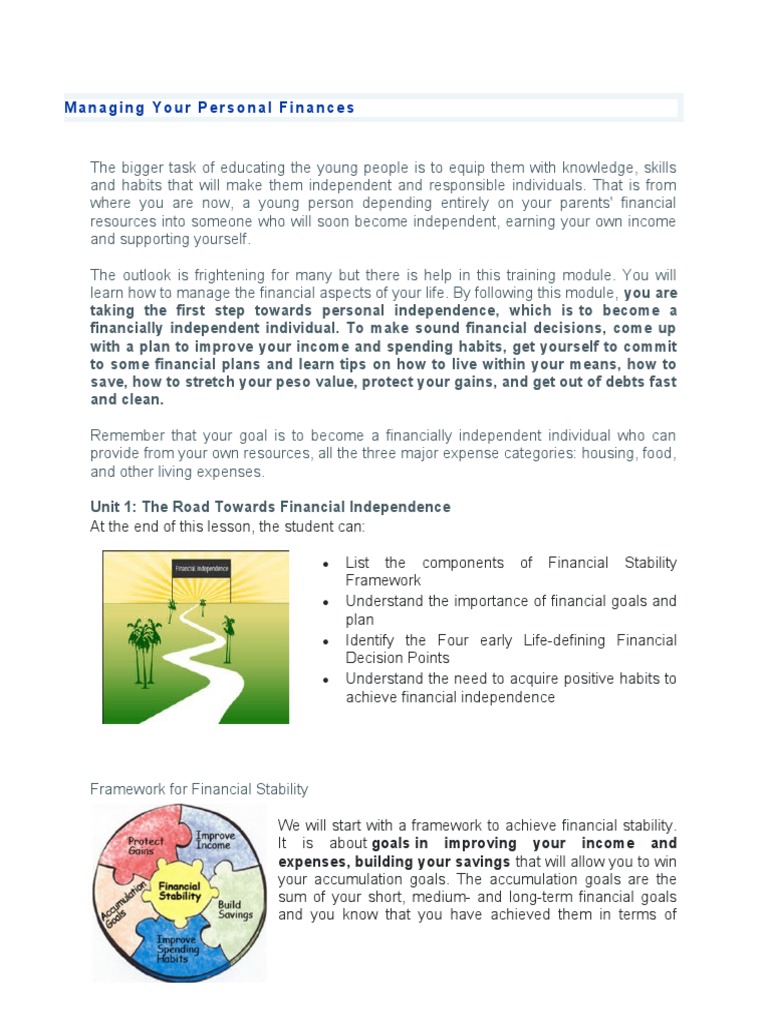Physical Address
304 North Cardinal St.
Dorchester Center, MA 02124
Physical Address
304 North Cardinal St.
Dorchester Center, MA 02124

In today’s fast-paced world, mastering the art of personal finance is not just advantageous—it’s essential. Understanding how to manage your finances effectively can lead to better financial health, increased savings, and achieving long-term financial goals. Chapter 28 managing personal finances highlights several crucial aspects of financial management, emphasizing the importance of budgeting, investing, and planning. In this article, we will explore various strategies and tools that can assist individuals in navigating their unique financial journeys.
Chapter 28 managing personal finances begins with an examination of the basic principles of financial literacy. Financial literacy empowers individuals with the knowledge needed to make informed decisions regarding their money. This chapter outlines essential concepts such as budgeting, saving, investing, and understanding credit. By grasping these fundamental ideas, readers can lay a solid foundation for future financial success.
Budgeting is an integral component of personal finance management. In Chapter 28 managing personal finances, the significance of developing a budget is heavily emphasized. A budget provides a roadmap for income allocation, ensuring that individuals can track their spending and save for future expenses. By categorizing expenses into fixed and variable costs, individuals can identify areas where they may be overspending and adjust accordingly.
Developing a budget involves several steps, each crucial for ensuring financial stability:
While budgeting is fundamental, investing is equally vital for growing wealth over time. Chapter 28 managing personal finances dives into different investment vehicles and strategies designed to help individuals increase their financial resources. It is crucial to understand the various options available and the inherent risks involved.
Understanding the types of investments is essential for making informed decisions that align with both risk tolerance and financial goals. The following are some investment options typically highlighted:
Success in investing is not solely about choosing the right assets; it also involves adopting sound strategies. Chapter 28 managing personal finances provides several strategies to enhance investment success:
Saving is another pillar of personal finance management. Chapter 28 managing personal finances discusses the critical role that saving plays in achieving financial security. Establishing an emergency fund allows individuals to cover unexpected expenses without derailing their financial plans.
Building savings requires discipline and strategic approaches. Here are some effective recommendations to help increase savings:
Chapter 28 managing personal finances delves into understanding credit and its significant impact on financial health. Managing credit responsibly can open doors to various opportunities, including homeownership and favorable loan terms. However, poor credit management can lead to detrimental financial consequences.
A credit score is a numerical representation of an individual’s creditworthiness. It plays a crucial role in determining eligibility for loans and credit cards, impacting interest rates and premiums. Chapter 28 managing personal finances reinforces the importance of regularly monitoring credit reports, disputing inaccuracies, and taking proactive steps to improve credit scores.
The knowledge and strategies presented in Chapter 28 managing personal finances serve as invaluable tools for anyone seeking to improve their financial literacy. By embracing concepts such as budgeting, investing, saving, and credit management, individuals can take control of their financial lives and work toward their aspirations.
This visual depiction emphasizes the multiple facets of personal finance management, from budgeting to investing. Incorporating visual tools not only aids understanding but also inspires proactive involvement in one’s financial journey.
In conclusion, managing personal finances is a multifaceted endeavor that requires careful planning and execution. By applying the principles and strategies outlined in Chapter 28 managing personal finances, individuals can pave the way toward a more secure and prosperous financial future. Ultimately, financial literacy is not merely about having knowledge—it’s about applying that knowledge effectively in everyday life.